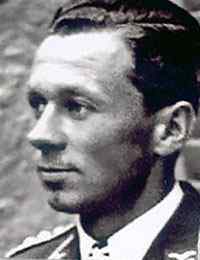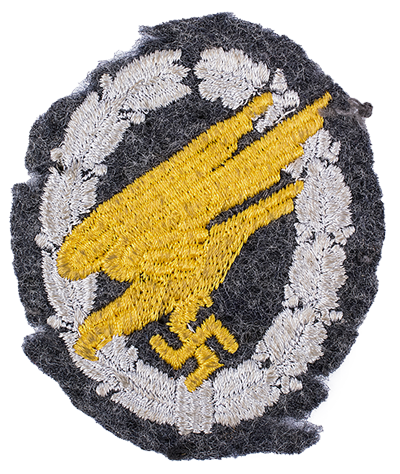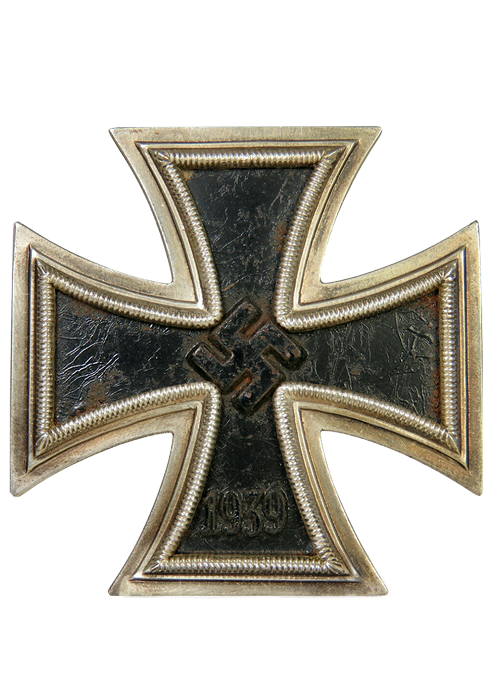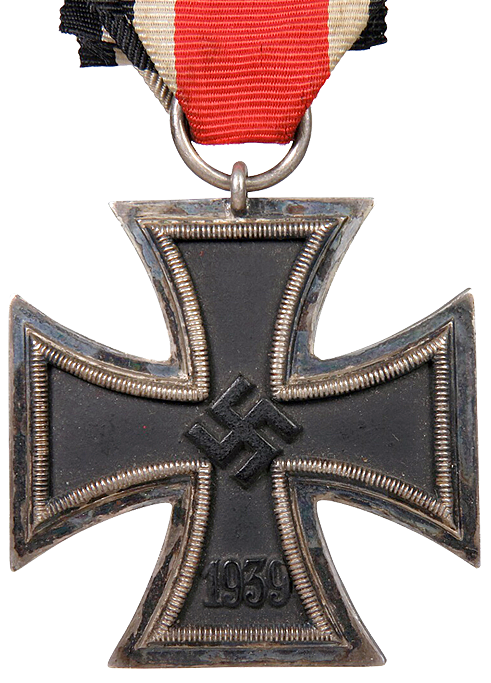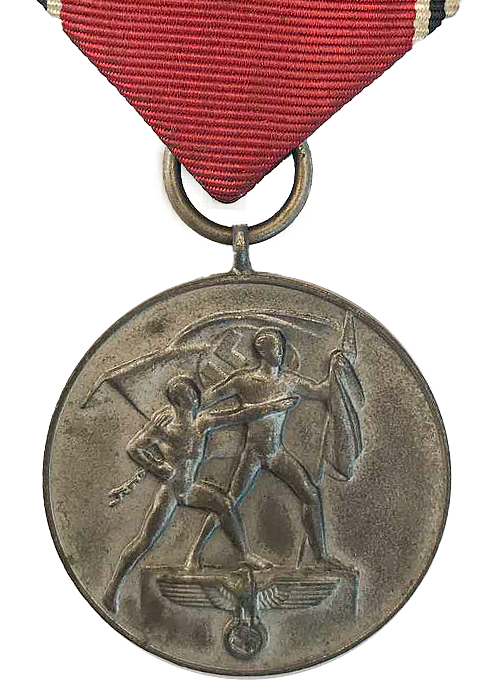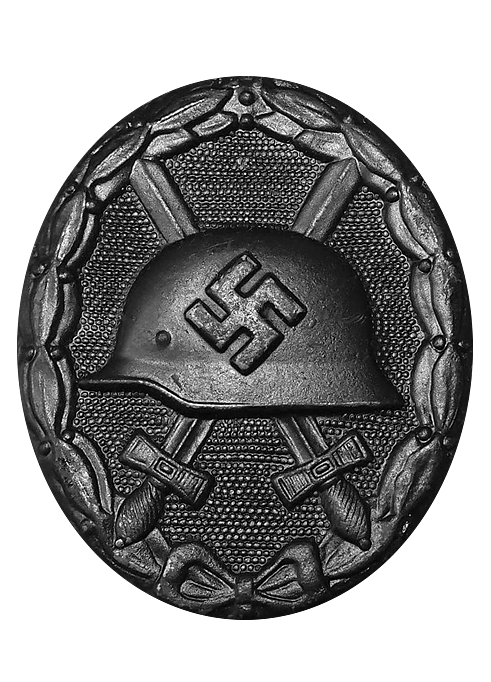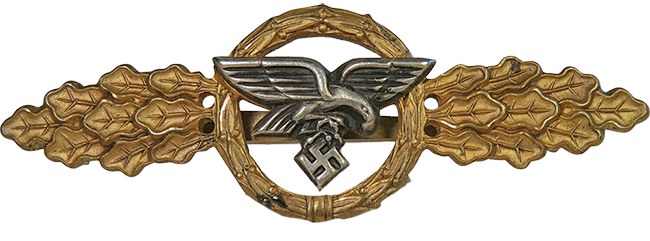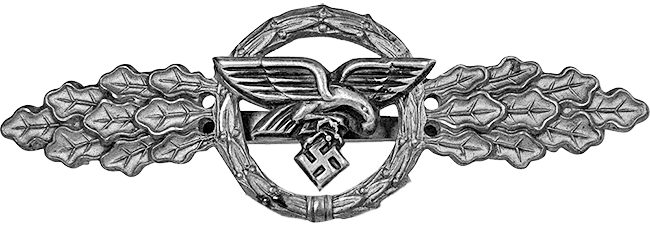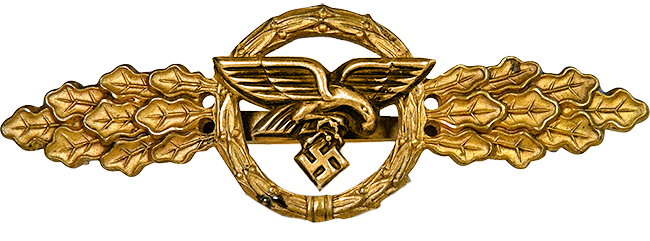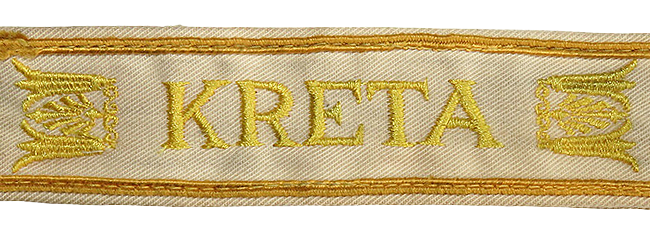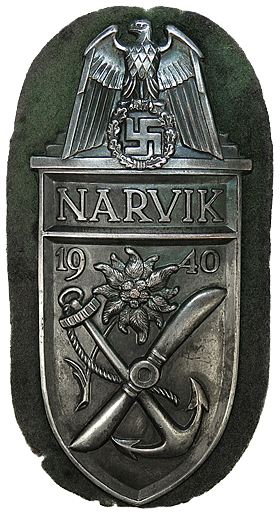Uhlig was born at the feudal estate of Meusdorf near Leipzig. After completing his labour service he joined the General Goering regiment and its parachute batallion on 4th November 1937. It was detached on 1st April 1938 and renamed 1st Parachute Regiment. From April to June 1938 he completed his parachute training at the parachute school at Stendal. He received his parachute sign with the number 971 and was thus among the first one thousand German parachutists. In the autumn of 1938 he took part in the Sudeten campaign as a private and machine gun shooter 1st class. In March 1939 he was a private first class and participated in the Prague action.
Climbing up in military rank
On April 20th, 1939, during the parade for Adolf Hitler's 50th birthday, he marched at the front of the Wehrmacht with the 1st Parachute Regiment. At the beginning of the war campaign he was a corporal. Uhlig was squad leader in the 2nd company of the 1st Parachute Regiment. He served with distinction in the Polish campaign. He was promoted to sergeant and named reserve officer candidate. During the ensuing Norwegian campaign while the German Wehrmacht pre-empted only by hours the breach of the Norwegian neutrality by the British. Uhlig experienced his first warlike jump action on 14th April 1940 near Dombas.
Only 61 paras from the 1st company whose platoon leader Uhlig was were able to save themselves after the jump. The others, widely dispersed, led for days in the rough Norwegian mountains an obstinate battle until the last bullet. Then they got into captivity. After having been liberated by German troups the Parachute Regiment 1 paras were sent to the next mission shortly afterwards. Their task was to liberate the encircled mountain troupers of General Dietl in Narvik.
On 14th May 1940 Uhlig's platoon jumped as the first unit over Narvik and was thus capable of assisting the hard pressed mountain troups. After the victorious end of the battle around Narvik staff sergeant Uhlig was decorated for his courage with the Iron Cross II class. He was awarded the Narvik Shield as well. At the end of 1940 Uhlig applied to the flying personnel of the Luftwaffe (air force) and was trained as a look-out. Uhlig was assigned to the Merkur enterprise - the German airborne landing on the island of Crete -as a look-out with the Battle Squadron.
169 enemy missions
Uhlig carried out 169 enemy missions altogether between 1941 and 1943 during parachute missions, airborne attacks and supply flights over Crete, North Africa and Italy. For these missions he was decorated with the front flight medal in gold and the Iron Cross first class. In September 1943 he carried through his last enemy mission and underwent a war academy training from the autumn of 1943. He was transferred to the formation of the parachute regiment 6 after the autumn of 1943 as a veteran parachutist and took over a platoon in the 8th company. The formation of the 6th Parachute Regiment at the military training area near Cologne Wahn was an outstanding achievement of Major von der Heydte who led his regiment during the defense against the Allied invasion.
In May 1944 the transfer of Parachute Regiment 6 (PR 6) to Normandy began. Here, in the Caen area, Alexander Uhlig was promoted to 16th company commander owing it to his qualities as a commander. Since the beginning of the Allied invasion the PR 6 in the front segment of Caen was a rock in the tidal waves in its defense against the Allied Forces. Suffering numerous casualties the paras still offered embittered resistance against the overwhelming force of the Americans at the landing strip at Utah Beach. From 14th July 1944 the PR 6 was assigned to the 2nd SS Tank Division Das Reich.
On 22nd July 1944 a battalion of the 90th US Infantry Divison succeeded in breaking through north east of Perriers into the main battle front of the PR 6. Uhlig received the order to throw back the enemy. One of the last successful German battles in Normandy.Theatre situation on the evening of 21st July 1944. The regiment has uninterruptedly been in action for roughly six weeks in the advanced front-line. After losing its first battalion near Carentan it is fighting with the two remaining battalions only. Heavy losses and little replacement have led to company manpower of only 30 to 40 men approximately. The main battle front is running along the river Seves northwards to Periers at the south east fringe of the Seves lowlands. The command post is located at a farm near the Periers-Carentan road. Facing the regiment, thus north-west to the Seves lowlands, the main battle front of the enemy and a newly established US unit is situated whose strength and number are not yet known.
The 16th company is deployed right next to the command post and is permanently ready for action. The Seves island action begins for me on the morning of 22nd July with a discussion to which the regiment commander had called on me. He informs me that the enemy has broken through during the last night or the early morning hours into our main battle line near the segment of the third platoon of the 6th company. The enemy is to be thrown back immediately. I am given no answer as to my question regarding the strength of the attacking enemy. The commander hopes, however, that we are only dealing with a reconnaissance patrol that I can repulse with my platoon having a strength of 5 officers and 27 men.
I am assigned total freedom of action, the right to assignment of other troups and the order to push back the Americans over the Seves in order to re-establish the former main battle line. If possible, I am supposed to bring in two or three prisoners that are to inform the regiment about details of their unit and their strength.
My regiment buddies Karl Bader and Otar Karras still remember this very well. The veterans of the US 90th thanked us for this loyal conduct of 23rd July 1944 at a meeting on the German soldiers cemetery of La Cambe. The last successful battle of a unit of the German 7th army in Normandy is finished. Not only 2 to 3 US POWs - as wished by the commander - but some 250 prisoners were taken. Several of them have addressed me over the past years at meetings in the USA, France and Germany and with some of them I have contacts by mail. On the morning of 24th July regiment staff sergeant Heinz Gabbey informs me that the commander sugegsted to award me with the Knight's Cross. I receive the award on October 29th, 1944.
Just some metres from the battle position of my heavy machine guns a monument in the memory of the fallen soldiers of the 90th US Division is erected.
Captivity and escape
Some days after the successful battle the 16th company received the order to cover the retreat of the 6th Paratrooper Regiment from the main battle line. This order was carried out successfully too. Unfortunately we found ourselves in a pocket and got into US captivity. The Americans took me from Normandy via England to the USA. There I stayed until the end of 1945. In January of 1946 the Americans handed me over to England. After some months I was transferred to the disciplinary camp 23. Due to suspicion of escape attempts I was placed under Polish surveillance. I was informed that my release was long due, as my kind were not needed in Germany. So I prepared my escape very intensely and left the camp incognito in the night of 22nd to 23rd April 1947. I reached my home town of Leipzig only five days later. I was the only soldier who escaped successfully from an English POW.
